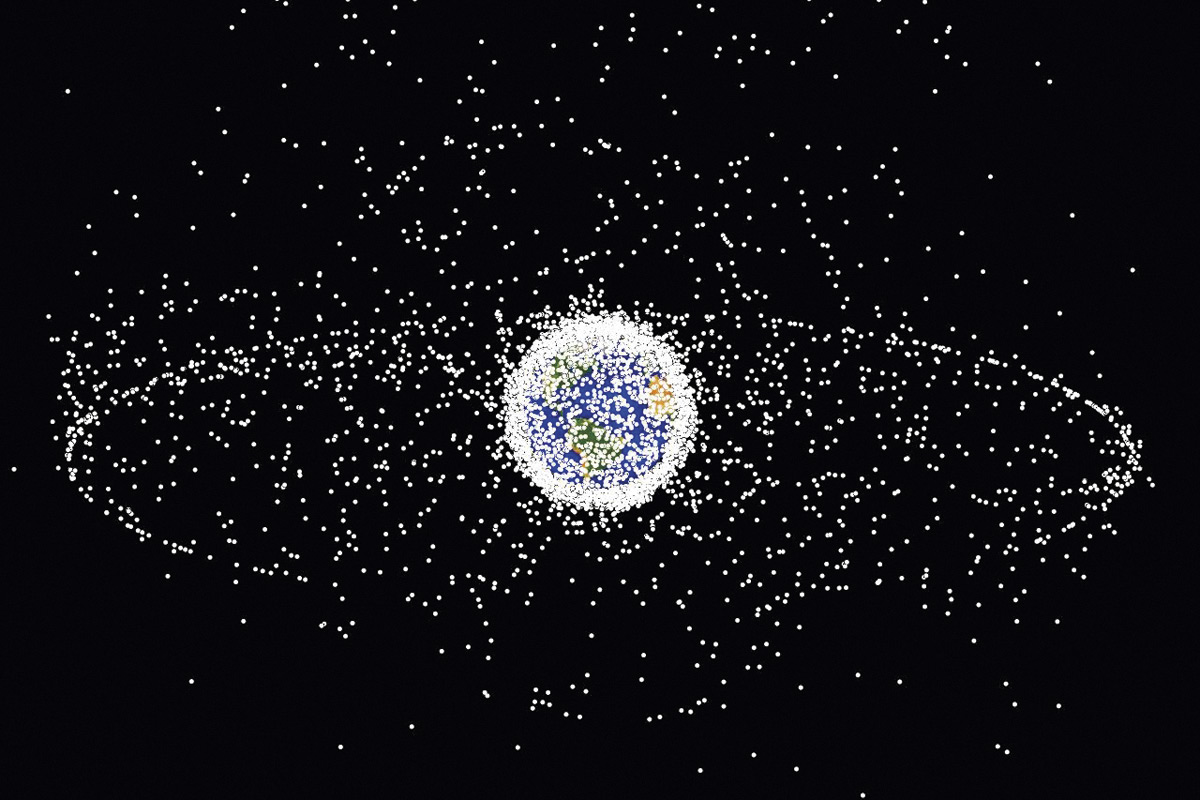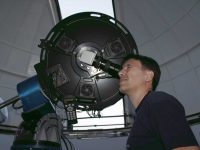
Until 1961, there were exactly fifty objects manufactured by humans orbiting the Earth. They were artificial satellites, but also used rockets trapped in orbit after the launching their satellite. That year the statistics changed dramatically: one hour after placing the satellite Transit 4A, the US rocket Ablestar exploited and disintegrated into 300 pieces.
It was not the last space explosion nor the largest: a Pegasus rocket, after failing due to an unexpected engine stop, exploded in 1996 and generated the greatest cloud of debris ever created by the explosion of a rocket: 300,000 parts more than half a centimetre wide, most still in orbit. After the accident, space agencies protocols dictated that, after completing their work, rockets should come back to Earth to be destroyed by atmospheric re-entry and prevent new orbital explosions.
Despite this, the number of objects around the Earth continues to increase. Currently, we launch around 75 satellites a year: two thirds in low Earth orbit, between 200 and 2,000 km high, and 30%, mainly telecommunications or meteorological satellites, in geostationary orbit. After their lifespan, most of them remain inert orbiting the Earth; only 6% of artificial satellites are operational. For example, the North American Vanguard 1, launched in 1958 (fourth artificial satellite in history) is still up there. With so many orbiting objects, collisions are a given.
Until now, only once have two satellites collided accidentally: in 2009, the functioning US satellite Iridium 33 clashed with the inoperative Russian satellite Cosmos 2251. The result was a cloud of 2,300 fragments that threatened the safety of the International Space Station. But there have also been deliberate collisions: in 2007, China made a kinetic projectile collide against its satellite FengYun-1C as a test for their anti-missile defence system. The result was the creation of more than one million pieces larger than 1 cm. In both cases, most of the fragments remain in orbit.
«Each returning spaceship has craters of a few millimetres due to impacts with small orbital debris»
Because of this abundance of waste, collisions with fragments are frequent: in 1991, an inoperative Russian satellite, the Cosmos 1934, collided with a large-size piece from another satellite of the same range, the Cosmos 926, and broke in two pieces; five years later, the French satellite CERISE collided with the fragment of an Ariane 1 rocket. There have been many other cases. To date, we have records of some 300 serious collisions with space junk and it is estimated that there are about 30,000 objects larger than 10 cm (half a million above 1 cm). And we do not take into account objects below one centimetre: each returning spaceship has craters of a few millimetres due to impacts with small orbital debris.
Kessler Syndrome was proposed in 1991 by astrophysicist Donald J. Kessler, and refers to an avalanche-like phenomenon in which, from a critical density of objects, a collision with space junk produces more junk, which in turn causes more collisions. A cascading event that results in the destruction of satellites and spaceships on a large scale along an orbital region, and leaves the area unusable for subsequent launches. Many researchers believe that this critical density has already been achieved in the region of the low Earth orbit, between 800 and 1,400 km of altitude.
Will our astronautical success end up closing the doors of space to us? So it seems, but at the moment the mission RemoveDEBRIS, a small space dump launched in April this year, will try to show us if it will be possible to reverse the trend.




